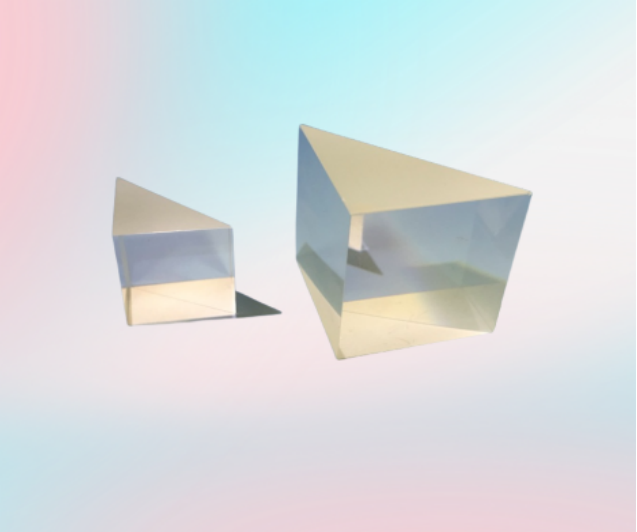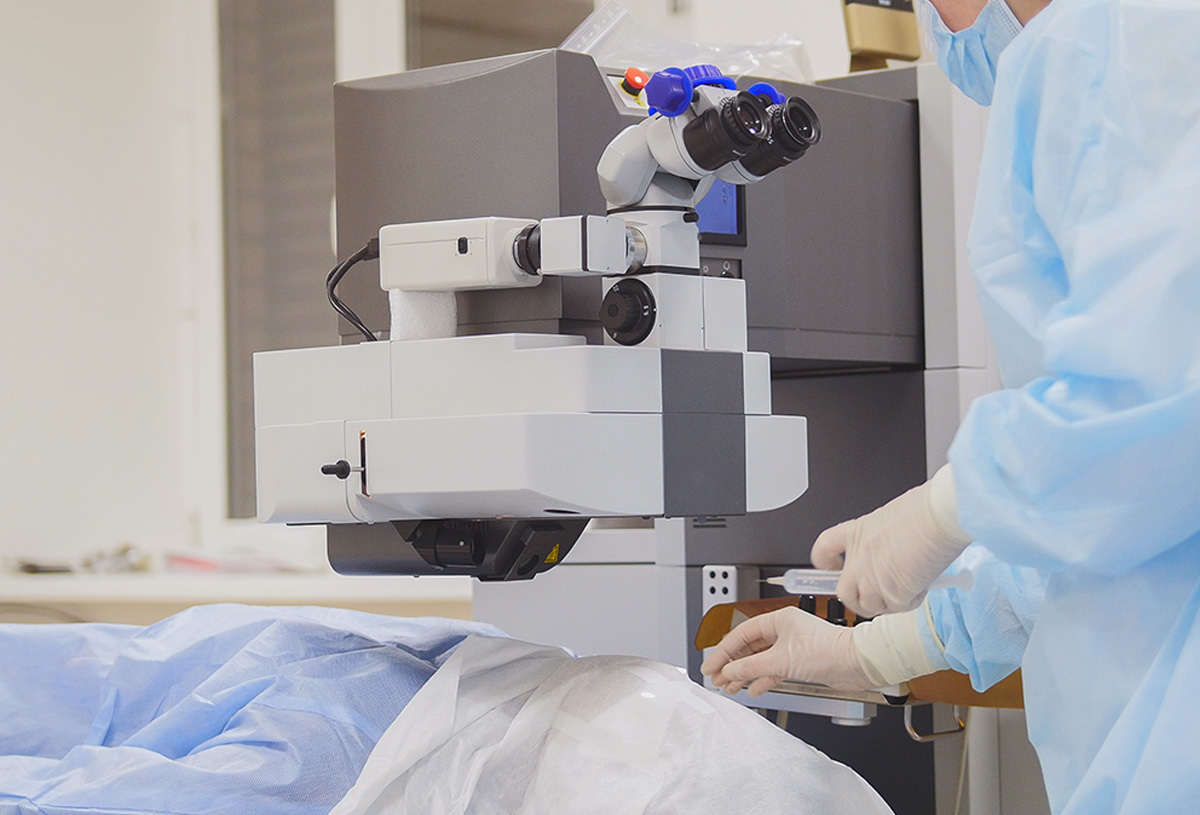RIGHT ANGLE PRISM
Keywords:
Keywords:
RIGHT ANGLE PRISM

Basic Parameters
Right Angle prisms are usually used to turn the light path or to deflect the image of an optical system by 90°. Depending on the orientation of the prism, the image can be left and right, and upside down and left and right. Right Angle prisms can also be used for image combination, beam deflection and other applications. Conventional materials can choose N-BK7, UV fused quartz, CaF2, SF material, etc. And can be customer requirements plated anti-reflection film or reflective film.
Material selection:
BK7 material, suitable for visible to near infrared band, low price, stable performance.
Fused quartz material, suitable for deep ultraviolet to near infrared band, low coefficient of thermal expansion, can be used in ultraviolet or high power applications.
CaF2 material, suitable for outside to mid-infrared band, can have a good transmittance in the range of 0.13um~10um.
Processing Specification
|
Specifications |
BK7 |
UVFS |
|
Wavelength |
350-2000nm |
185-2100nm |
|
Dimension (mm) Tolerance |
+0.0, -0.1mm |
|
|
Angle Tolerance |
3 arc min (Standard) / 10 arc sec (High Precision) |
|
| Clear Aperture |
>85% |
|
|
Surface Quality |
60/40 (Standard) / 20/10 (High Precision) |
|
|
Flatness |
λ/4 (Standard) / λ/10 (High Precision) per 25mm@633nm |
|
| Bevel |
<0.25mm*45° |
|
|
Coating |
Customizable according to customer requirements |
|
BK7 Standard Products
|
Type |
A |
B |
C |
|
RAP104 |
10.0 |
10.0 |
10.0 |
|
RAP105 |
12.7 |
12.7 |
12.7 |
|
RAP108 |
20.0 |
20.0 |
20.0 |
|
RAP110 |
25.4 |
25.4 |
25.4 |
UVFS Standard Products
|
Type |
A |
B |
C |
|
RAP204 |
10.0 |
10.0 |
10.0 |
|
RAP205 |
12.7 |
12.7 |
12.7 |
|
RAP208 |
20.0 |
20.0 |
20.0 |
|
RAP210 |
25.4 |
25.4 |
25.4 |
Solutions

Scientific research and testing field

Aviation field

Medical cosmetology field

Laser field
Related Products
YVO4
Yttrium alumate (YVO4) is an excellent birefringent crystal material, which is a negative uniaxial crystal. The crystal has good physical and mechanical properties, wide light transmission range, high transmittance, large birefringence coefficient and easy processing. YVO4 crystal can replace ice SPAR and crystal red stone in the field of optical fiber communication, is the key material in optical communication passive devices such as optical isolators, circulators, polarization splitters, polarizers.
Caicite
Caicite Crystal is a kind of natural birefringent material, in the shape of diamond, birefringence coefficient is large, through the spectrum is wide, from visible to near infrared has relatively good optical properties. Although the mechanical strength of Iceland SPAR material is soft and easy to scratch, it still does not affect its wide application in polarization devices. Caicite is mainly used in Glan POLARIZER.
LiNbO3
LiNbO3 is widely used in optical fiber communication as a birefringent crystal. The crystal has good physical and mechanical properties, wide light transmission range, high transmittance, easy processing, and lower material cost than other materials. Lithium niobate crystals are widely used in passive optical communication devices such as optical isolators, circulators, polarization splitters, polarizers, etc
POLARIZING BEAM SPLITTER(PBS)
The polarization splitter prism is plated with a multilayer film structure on the inclined surface of the right Angle prism, and then glued into a cube structure. By taking advantage of the property that the transmission rate of P-polarized light is 1 and that of S-polarized light is less than 1 when the light incident at Brewster Angle, the P polarization component can be completely penetrated after the light passes through the multilayer film structure at Brewster Angle for many times. And most of the S polarization component is reflected. Note: Specific bands and extinction ratios can be customized according to customer requirements.
Product Inquiry
*Note: Please be sure to fill in the information accurately and keep the communication open. We will contact you as soon as possible.


